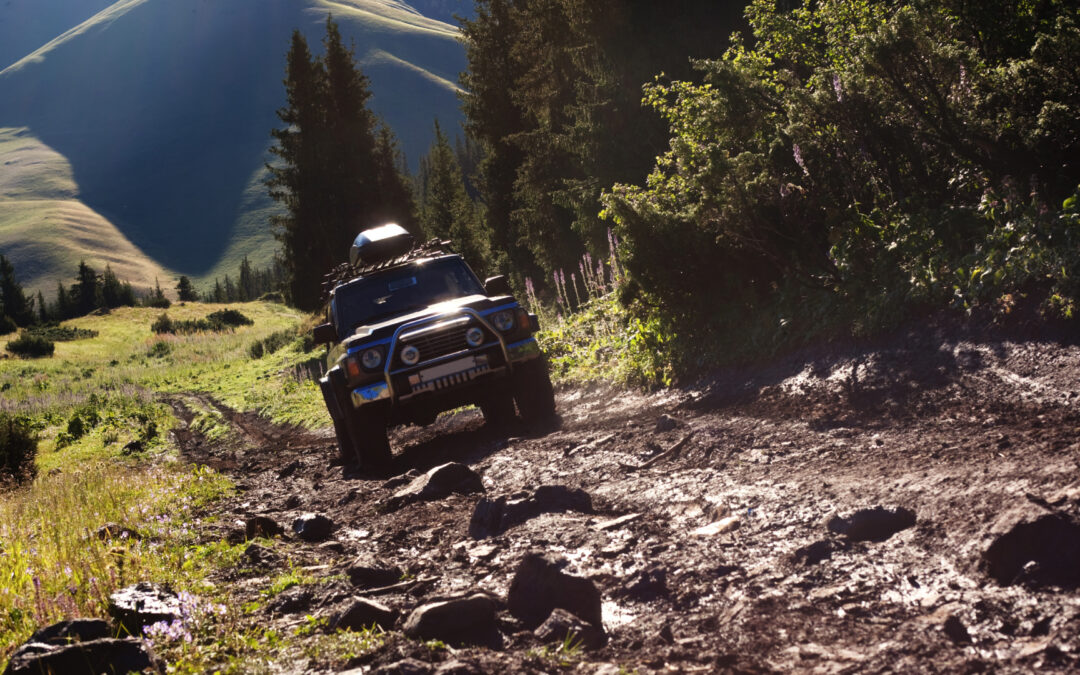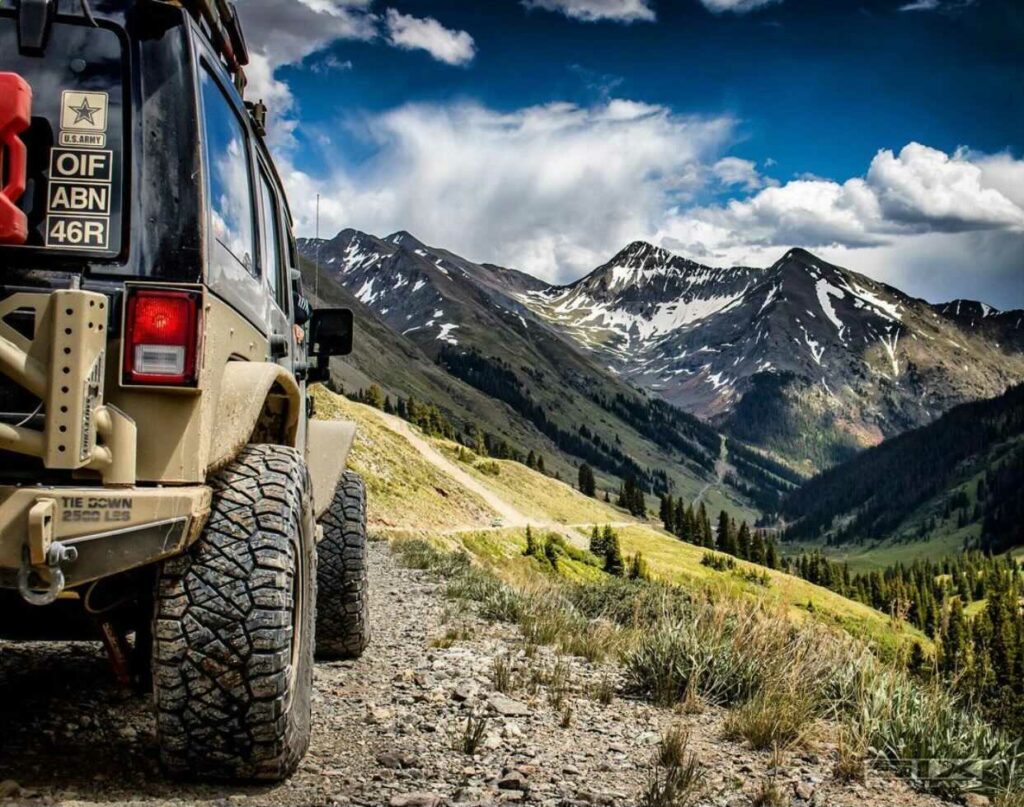Off-road travel is an exhilarating way to experience the great outdoors and connect with nature. It’s a form of outdoor recreation that involves traveling over rough, unpaved terrain in a vehicle specifically designed for the task. This is where overlanding comes in, where you go on long journeys, often for weeks or months, in a self-sufficient manner, using your vehicle as your home on the road.
Let’s go over the basics needed to trek off-road from vehicle selection to modifications to gear.
The basics of off-road travel
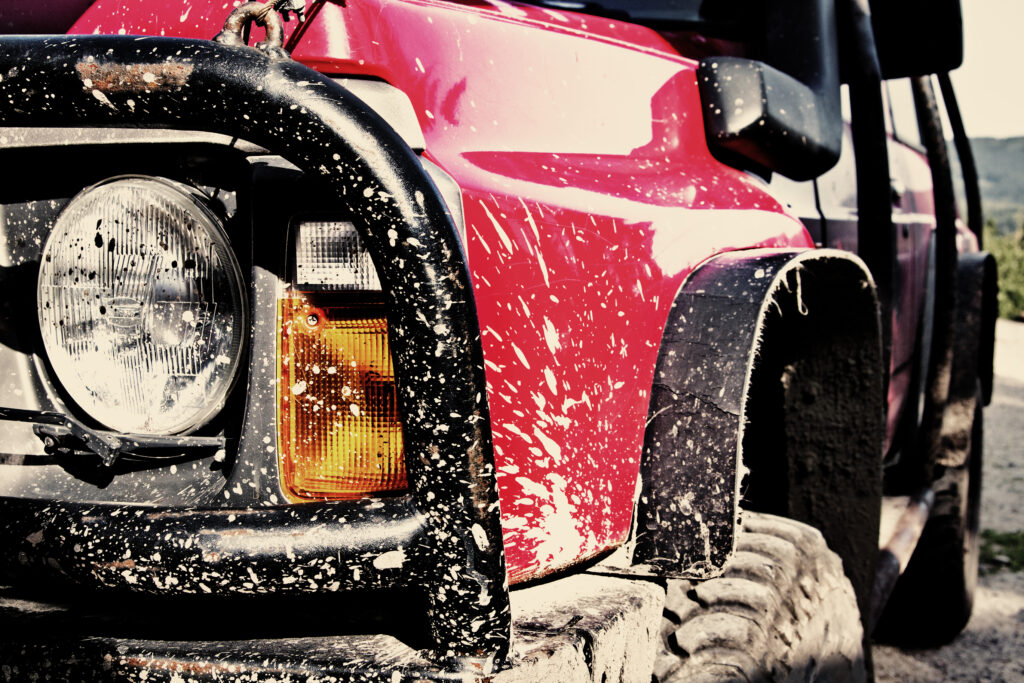
When it comes to off-road travel, having the right vehicle is crucial. You need a vehicle that can handle the rough terrain, keep you safe, and provide comfort for extended periods of time.
Here are some vehicle requirements and features to consider when in the market for an off-road vehicle:
4-wheel drive: A 4-wheel drive (4WD) vehicle is a must-have for off-road travel. It provides better traction and stability on uneven terrain, especially when driving over rocks, mud, and sand.
Ground clearance: The vehicle’s ground clearance is the distance between the ground and the underside of the vehicle. The higher the clearance, the better your vehicle can clear obstacles on the trail.
Off-road tires: The tires you choose for your off-road vehicle will depend on the type of terrain you’ll be driving on. Generally, off-road tires have a more aggressive tread pattern, stronger side walls for airing down and are designed to provide better traction and stability on rough surfaces.

Skid plates: Skid plates protect the underside of your vehicle from rocks, sticks, and other debris you may encounter on the trail.
Locking differentials: Locking differentials distribute power to both wheels evenly, which provides better traction when driving on uneven terrain.*
Suspension: An off-road suspension system is designed to absorb impact when driving on rough terrain, providing a smoother ride.
Winch: A winch is a mechanical device used to pull your vehicle out of a tough spot. It’s a useful tool to have when you’re driving on remote trails.
* Around the Corner is a 1937 film from General Motors that is hands down the simplest and best explanation and demonstration of how a differential works. It’s a 9 minute must watch for those new to the vehicle side of adventure travel.
Committing to a vehicle
Now that you know what to look for in an off-road vehicle, here is a checklist of items to consider when purchasing one:
Research: Do your research and find a reputable dealer that specializes in off-road vehicles. Read reviews and ask for recommendations from other off-road enthusiasts.
Budget: Determine your budget and find a vehicle that fits within your price range.
Size: Consider the size of the vehicle you need. Do you want a small, nimble vehicle, or a larger vehicle with more storage space?
Type of off-road driving: Consider the type of off-road driving you’ll be doing. Will you be driving on rocky terrain or through mud and sand?
Test drive: Take the vehicle for a test drive to see how it handles on the road and off-road.
Maintenance: Find out about the vehicle’s maintenance requirements and costs. Off-road vehicles require more maintenance than regular vehicles, so it’s important to factor this into your decision.
Safety features: Look for vehicles with advanced safety features such as stability control, anti-lock brakes, and airbags.
Comfort features: Consider features such as air conditioning, comfortable seats, and a good sound system, as you may be spending long periods of time in the vehicle.
What to bring
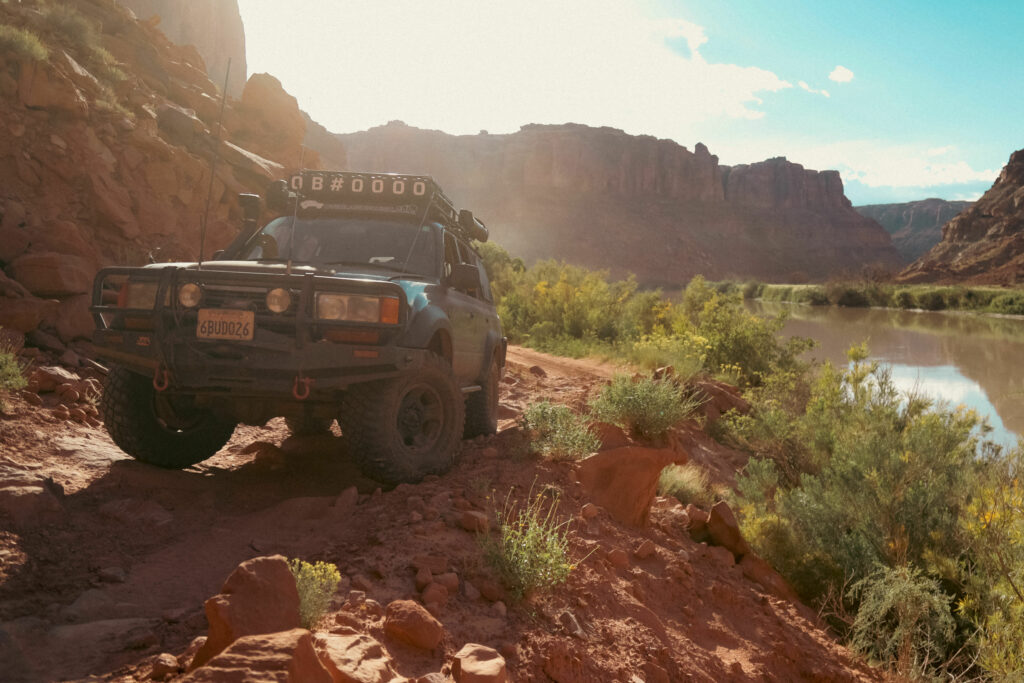
When it comes to overlanding or off-road travel, it’s important to pack the right gear to ensure you have a safe and enjoyable experience. Here’s a run down of essential gear to consider when packing for your overlanding adventure:
Navigation: A GPS system or map and compass are essential for navigation, especially when traveling through remote areas. Don’t rely solely on electronic devices as they can run out of battery or lose reception.
Communication: A reliable communication device, such as a satellite phone or two-way radio, can be crucial in emergency situations or when traveling in groups.
Shelter: A tent or other form of shelter is essential for camping out in remote areas. Look for a tent that is easy to set up and provides adequate protection from the elements.
Sleeping gear: A comfortable sleeping bag and sleeping pad will make all the difference when it comes to a good night’s rest. Look for gear that is suitable for the climate you’ll be traveling in.
Cooking gear: A camp stove, cooking utensils, and a cooler will allow you to prepare meals and keep food fresh. Don’t forget to bring enough water for drinking and cooking.
Lighting: Headlamps and flashlights are essential for navigating in the dark, especially when setting up camp or hiking.
Tools: A basic toolkit that includes a shovel, axe, and tire repair kit can be invaluable when it comes to fixing minor vehicle issues or getting out of tough spots.
First aid kit: A comprehensive first aid kit should include bandages, antiseptic, pain relievers, and other medical supplies.
Clothing: Pack clothing suitable for the climate you’ll be traveling in, including layers for warmth, rain gear, and sturdy shoes or boots.
Emergency gear: Consider packing emergency gear such as a fire starter kit, signal flares, and a personal locator beacon (PLB).
Trash and waste management: Bring trash bags and a way to pack out waste to ensure you leave the environment as you found it.
Something else to consider is entertainment: Books, games, binoculars or other forms of entertainment can make downtime more enjoyable.
What else do I need to know?
In addition to everything mentioned above, there are a few more things you should keep in mind when planning an off-road travel adventure:
Respect the environment: When traveling off-road, it’s important to respect the environment and leave no trace. This means packing out all trash, staying on designated trails, and avoiding sensitive areas. Be sure to familiarize yourself with the TreadLightly! principles.
Know your limits: Off-road travel can be challenging and even dangerous, especially for those who are inexperienced. It’s important to know your limits and only attempt trails that are within your skill level.
Be prepared for emergencies: When traveling off-road, it’s important to be prepared for emergencies. This includes carrying a first aid kit, extra water, and emergency supplies such as a fire extinguisher, flares, and a satellite communication device.
Stay connected: When traveling off-road, it’s important to stay connected to the outside world. This means carrying a GPS device or smartphone with GPS capabilities, as well as a radio for communication with others in your group or emergency services if needed.
Stay informed: It’s important to stay informed about weather conditions, trail closures, and other important information when planning an off-road travel adventure. This information can be obtained from park rangers, local authorities, or online resources.
By keeping these things in mind and taking the necessary precautions, you can ensure a safe and enjoyable off-road travel adventure. And remember, the key to a successful off-road trip is preparation, planning, and a willingness to adapt to changing conditions.
We love this type of travel so much we built an app
We live and breathe off-road travel. The Overland Bound One app offers a range of features, including mapping tools, a community forum where you can connect with other off-road enthusiasts, and a library of resources to help you prepare for off-road adventures. You can head over to the Overland Bound Gear Store to get started.
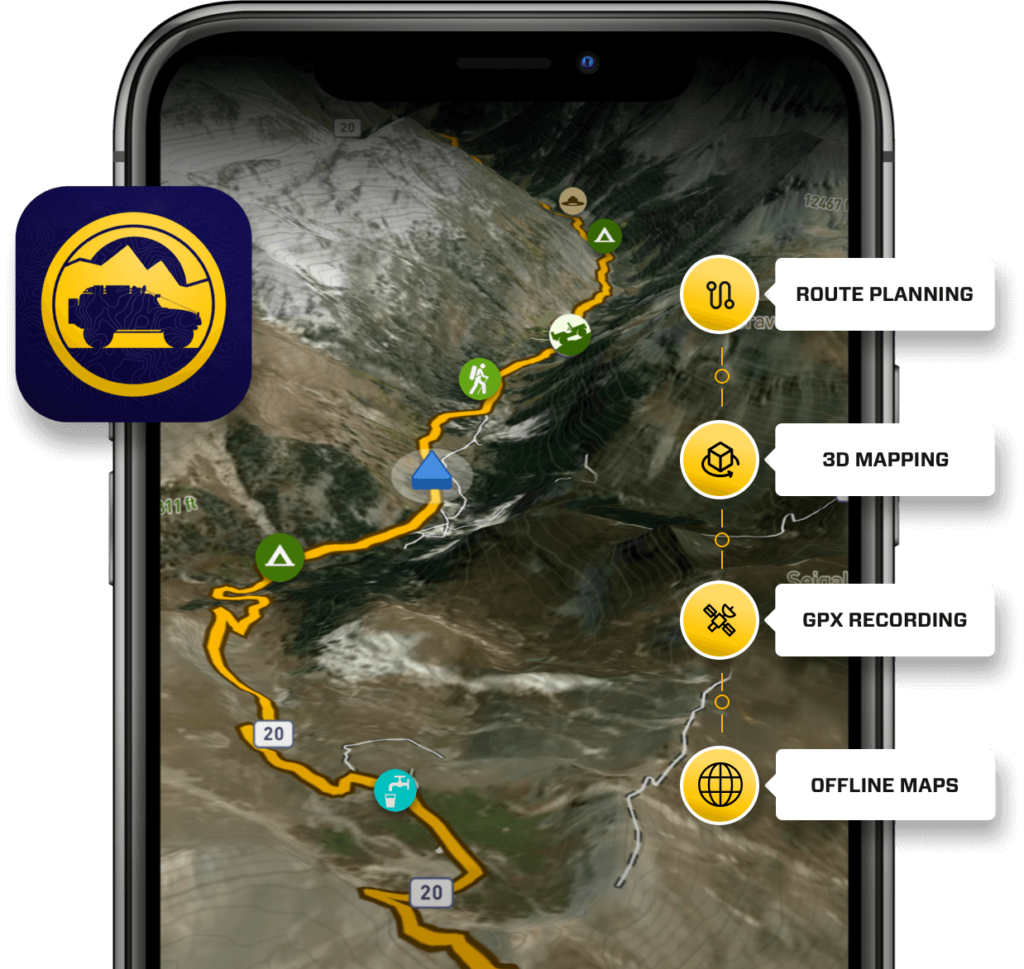
Remember, off-road travel and overlanding offer a unique way to experience the outdoors and explore new terrain. With the right vehicle, gear, and planning, you can embark on an unforgettable adventure and connect with nature in a meaningful way. So what are you waiting for? Get out there and start exploring!
What did we miss? What would you add? Share your experiences in the comments. We love to hear it!

